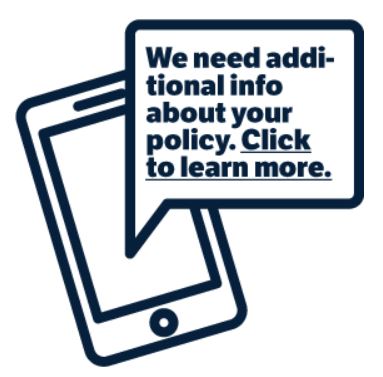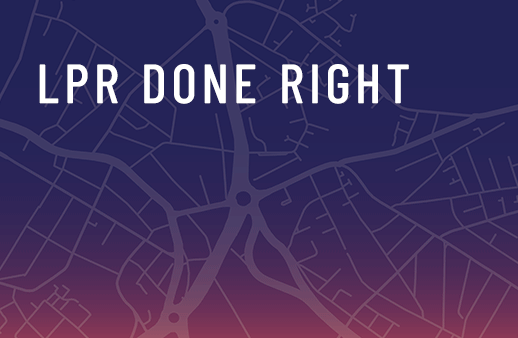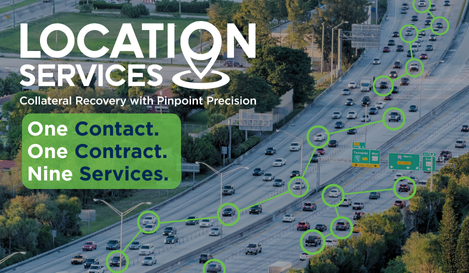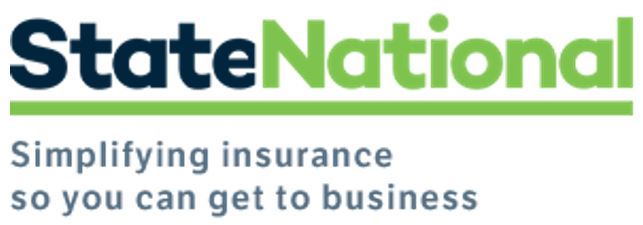
Part 3 of State National Insurance’s 3-Part Blog Series on Collateral Protection Insurance
At State National, we have specialized in loan tracking and portfolio protection insurance for nearly 50 years. To us, the ins and outs of collateral protection are second nature — but others may be somewhat unsure of exactly what it is, how it works, and how different portfolio protection methods compare.
So, we’ve created a 3-part blog series to explain some of the nuances. In Part 1, What Is Collateral Protection Insurance (CPI) — and Do You Need It? we shared a simple definition of what collateral protection insurance (CPI) is and what it does. In Part 2, CPI, Blanket, and Self-Insurance: Which Is Better for Your Financial Institution? we compared CPI with two other portfolio protection methods: self-insurance and blanket coverage.
In this final post in the series, we discuss the differences between average and high-quality portfolio protection providers and the importance of choosing the right partner for your financial institution.
What to Look for in a CPI Provider
If you decide CPI is the right choice for protecting your financial institution’s portfolio, choosing the right CPI provider will save you time and benefit your bottom line. Just like shopping for a personal insurance policy, when shopping for a CPI program, lenders should seek out a partner who best fits their lifestyle, values, needs, and philosophy.

A quality CPI provider will try to avoid placing insurance by diligently notifying borrowers when they have identified a lapse in insurance. They will also provide borrowers with easy and hassle-free ways to update their insurance information and avoid CPI coverage on their vehicles.
How Is a High-Quality CPI Program Run?
As previously mentioned, when lenders contract with a provider to track the insurance status of each loan in their portfolio, the provider will receive data files on all new loans, verify that acceptable physical damage coverage is in force, and ensure the borrowers’ insurance companies have the lender named as the lienholder. The provider will also receive regular updates on existing loans in the lender’s portfolio and process proof of insurance information when a private insurance policy is issued, canceled, or materially changed.

A high-quality program will have technology and processes in place that enable the provider to complete these verifications as close to real-time as possible, to avoid communicating with borrowers who are complying with the requirement to purchase and maintain private insurance.
If a borrower does not obtain insurance coverage for loan collateral, it is the provider’s job to urge the borrower to do so. Throughout the life of a loan, proof of insurance is monitored to ensure that policies remain in force; if policies lapse, borrowers are sent notices advising them to reinstate coverage. A high-quality program will communicate with borrowers in multiple ways, including mailed notices, email, and text messaging. It will also offer resources, such as videos that address a borrower’s specific situation, to help educate them in clear, understandable terms about why they are being notified and what they need to do next.
Should a borrower fail to respond to multiple notifications over a period of time, the provider will notify the lender, who may choose to place CPI on the borrower’s loan. If a borrower purchases or reinstates private coverage, the CPI policy is canceled and a premium refund is issued. A high-quality CPI program will include technology to automatically calculate premium changes and refunds quickly and accurately.
Throughout the process, the provider will monitor all processes and respond to inquiries from lenders and borrowers. The highest-quality programs will provide lenders with robust online tracking tools, transparent access to program information, immediately available borrower call recordings, and detailed management reporting on their CPI program, among other features.
How Much Lender Participation Is Required?
Read Part 1 – What Is Collateral Protection Insurance (CPI) — and Do You Need It?












Facebook Comments